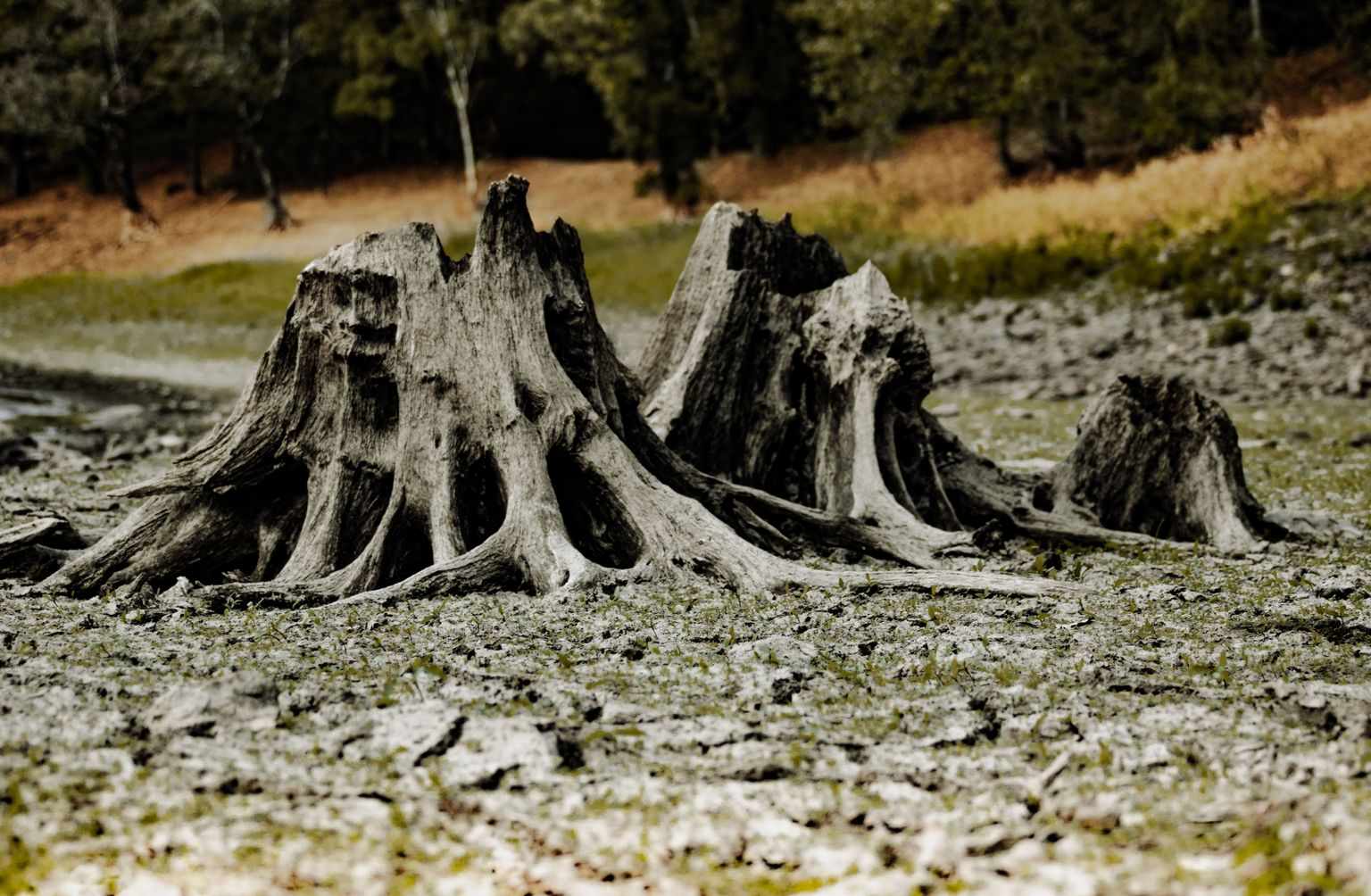- COP27
Free the funds for climate justice: Making the most of the upcoming COP27 and G20 meeting
- Amy Dodd & Jessica Antonisse

High income countries, including EU ones, need to deliver on their promises around climate finance - and make use of alternative ways to free the funds for climate justice, argue Amy Dodd and Jessica Antonisse from the ONE Campaign.
The climate crisis is accelerating, particularly for those living in countries on the front line, and they are making that point in stronger and stronger terms. Patience for prevarication and seemingly empty words is a luxury we can’t afford. Climate change is affecting peoples’ lives and livelihoods. In the first half of this year, extreme weather events alone have cost the world $65 billion and floods, melting roads, runaway wildfires, dried up rivers but also torrential rains are all becoming sadly commonplace.
Building resilience and capacity to respond to the climate, and other crises, in the longer term will require a broader set of measures.
“At COP27 and beyond, leaders should take the steps needed to expand fiscal space for developing countries hard-hit by the aftershocks of the multiple crises the world is currently facing. ”
The need for action is urgent and existential. African countries represent less than 4% of all greenhouse gas emissions but the effects of global climate change have already cost 5% to 15% of their economic growth. Beyond the economic cost, climate change has had adverse impacts on agriculture and crop production, infectious diseases, heat, malnutrition and displacement in the Africa region. Three-fifths of the African continent is warming twice as fast as the global average, putting half a billion people at risk.
Climate change functions as a ‘threat multiplier’, escalating and worsening social, economic and political tensions. As is so often the case, this means it deepens existing inequalities and the effects cut across all those who are excluded - such as for women, for LGBTIQ+ people, and for indigenous people. Practically, this means girls are more likely to lose access to education, gender and sexually based violence is a higher risk during and after climate disasters, and climate crises like drought often see women losing income.
Resilience and fiscal space to manage crises was already stretched and now even more so by the pandemic and its aftershocks. The deep economic crisis is affecting all countries - with the International Monetary Fund (IMF) warning at Annual Meetings that the forecast is for more challenging economic headwinds - but again it has been harder to weather for some countries. Twenty two countries in Africa alone are now at risk of debt crisis.
The response to climate change - and the other crises countries are confronting at the same time - has lacked both ambition and delivery. A +1.5 degree (°C) world is rapidly approaching and the effects of that are visible in real time - and they are accumulating
“The world has already warmed on average by 1.2 degrees compared to pre-industrial time.”
Even if countries do deliver on what they have promised, the world is still likely on track to exceed a 1.5 degree increase and looking at what has been done, more like a +2 degree increase.
But there is reason to be both hopeful and ambitious. Across nearly all African countries, GDP per capita is projected to be at least 5% higher by 2050 if global warming is held to 1.5°C versus 2°C. There is huge potential for both investing in a better green transition and sustainable development in Africa. Investment in renewable energy development in Africa, which has over 60% of the world’s solar capacity, could also pay important dividends in job creation, creating 9 million new jobs.
But that more hopeful future requires action both to support countries in managing the negative effects of climate change and to invest at the scale and speed needed.
-
In the first place, we need to tackle the growing debt crisis which threatens to push large numbers of countries into debt distress - and we’ve seen in Sri Lanka the broader instability that can trigger. The Common Framework on Debt Restructuring - the global mechanism to help countries work out and reprofile their debt - has yet to see a single country achieve a debt workout. Getting the Common Framework actually working, with all creditors participating, should be at the top of the G20’s to do list as well as exploring other ways to help manage debt, like the idea of disaster clauses in debt contracts.
-
Secondly more liquidity - more money - is needed. While Official Development Assistance (ODA) will remain an important source of concessional funding, the scale of investment needed means that other sources of finance, at much larger scale, will also be needed. One seemingly obvious option is to make use of the Special Drawing Rights (SDRs) - a sort of reserve asset issued by the IMF - sitting largely unused in many advanced economies. The new allocation of $650 billion in SDRs in August 2021 was historic but the quota system means most of it went to high income countries - and only 5% to African countries. Some $60 billion has been recycled - still well off the promised $100 billion - but much more of those resources could be used to support countries’ climate adaptation efforts.
-
Another significant potential source of new funding would be through reform of Multilateral Development Banks (MDBs). The banks collectively lent or granted $167 billion in 2021 and hold roughly $1.5 trillion in assets. The reforms outlined in the G20 expert panel report could unleash an additional $400 billion to $1 trillion in new lending.
Collectively, these three steps could help to create the space, resilience and capacity to respond not just to today’s crises but to put countries in a better place to respond to future challenges. The question is, will our leaders deliver and use COP27 as a significant milestone for progress to be made?